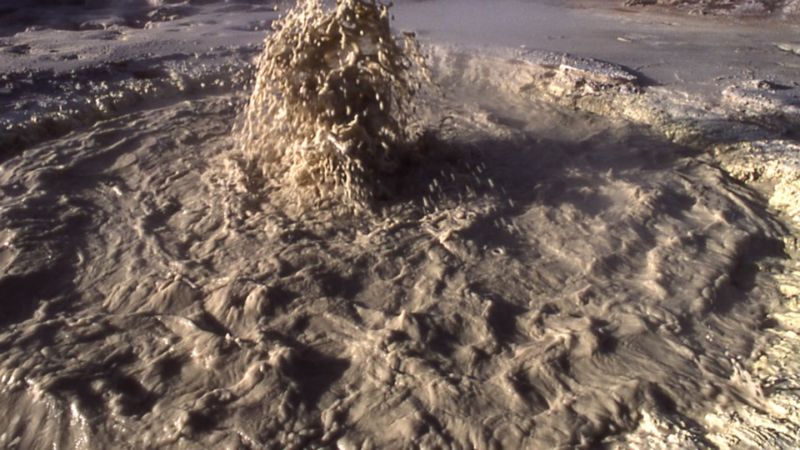The tree of life may have only two major branches once again

Enlarge / Archaea are often found in extreme environments like this mud volcano in Yellowstone. (credit: National Park Service)
Eukaryotes are the category of organisms that include us. We have our DNA partitioned into a nucleus instead of just hanging out loose with other cellular components.
Eukaryotes are thought to have first evolved when a host cell swallowed up a prokaryote, or bacteria. This bacteria paid for its new safe home by providing energy to the cell that engulfed it, eventually persisting in the form of the mitochondria. But the identity of the original host cell is still in dispute. Conventional wisdom held that it was a sort of proto-eukaryote, but what it looked like and how it initially subsumed a bacterial cell was never worked out.
Then, in the 1970s, archaea were discovered. These organisms are single-celled and lack nuclei, like prokaryotes, but their cell membranes and the way they make proteins from DNA are similar to eukaryotes. They are dissimilar enough to both prokaryotes and eukaryotes that they became their own third domain on the tree of life. And they became contenders for the role of eukaryotic ancestor-maybe the cell that initially swallowed a bacterium was an archaea.
Read 7 remaining paragraphs | Comments